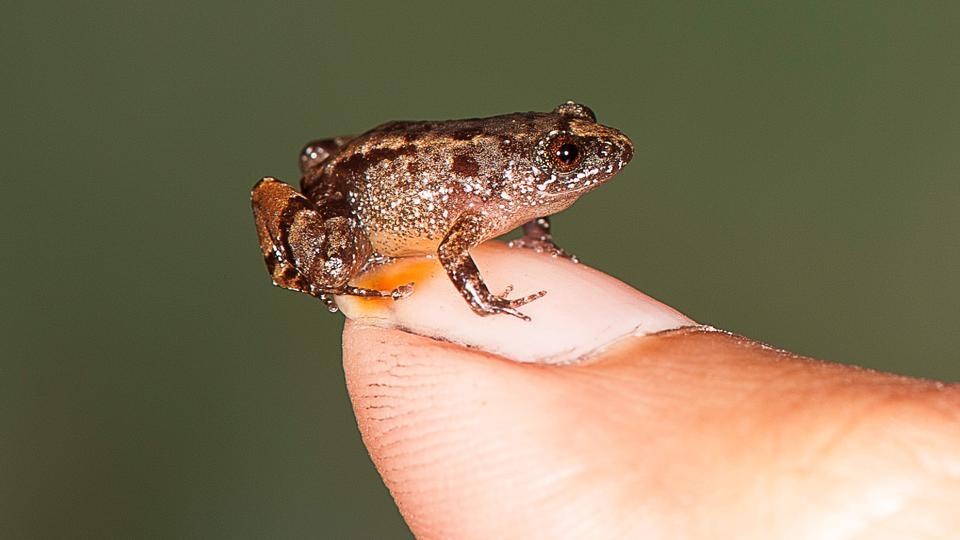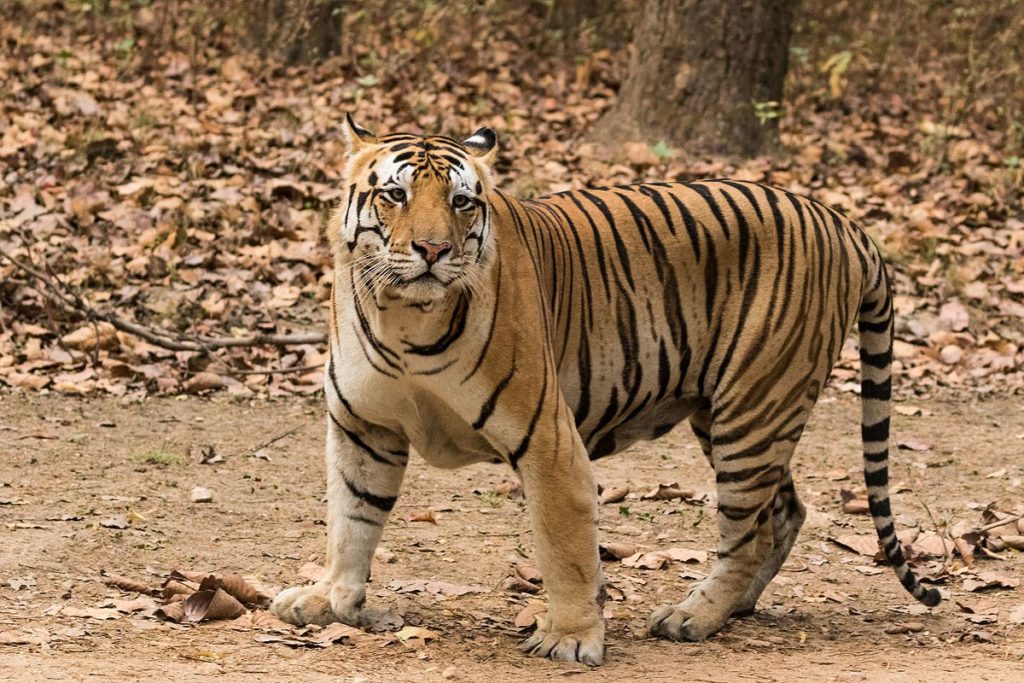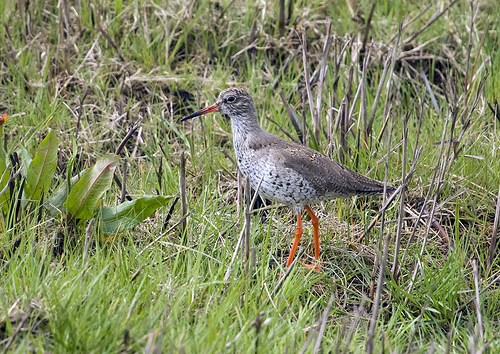“The extinction of wildlife would likely be caused not just by the greed of poachers, but equally by the rapacity of developers,” writes Prerna Singh Bindra in her book The Vanishing: India’s Wildlife Crisis. The year 2017 has given ample proof of both – the remorseless operations of the merchants of wildlife who will sell anything that is alive and the ambiguous plans of the proponents of development who want us to believe that the cost-benefit calculation of environmental devastation is correct and the need of the hour.
From tigers to pangolins and bears to tiny lizards, India’s biodiversity over the past one year continued to be ransacked by men who are responsible for putting illegal wildlife trade as the fourth largest transnational crime in the world. Still, the recent recognition by the Convention on International Trade in Endangered Species of Fauna and Flora (CITES) conferred to India for this very seizure tagged ‘Operation Save Kurma’ indicates that given the right planning, training and mentality, bottlenecks in the system can be cleared to preserve the rapidly diminishing flora and fauna.
A worrisome year
The equally worrying development this year has not been the actions of poachers but the nation’s development visionaries who fail to see that the future they are chalking today without the critical ecological balance in mind may ricochet very soon to spread even bigger troubles than the ones they are trying to solve.
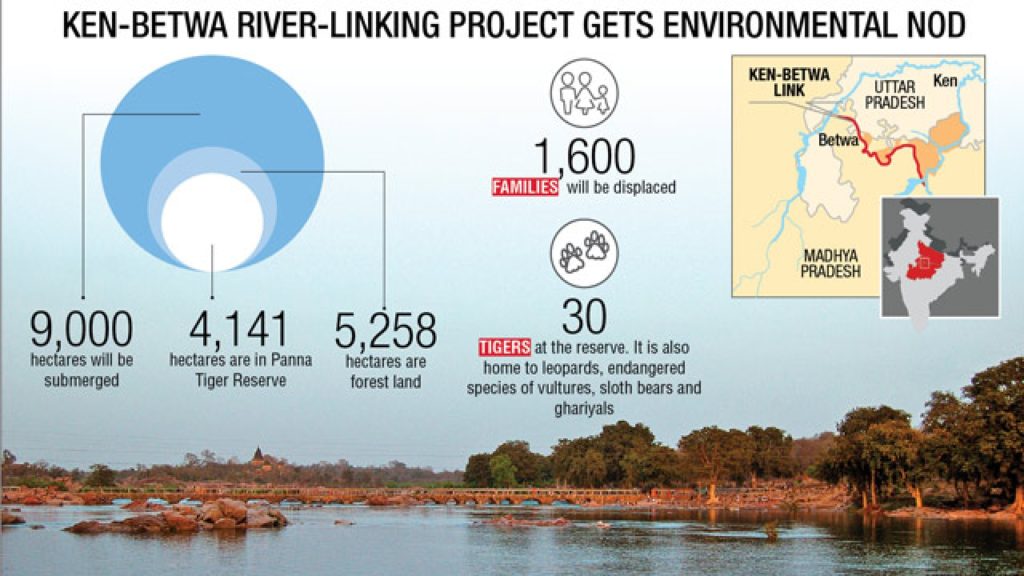
In a hugely debated move by the government, the Ken-Betwa river linking project was cleared by the standing committee of the National Board for Wildlife (NBWL) in August 2016, and given environmental clearance towards the end of that year. The Rs 10,000-crore project requires the diversion of 5,258 hectares of forest land, including 4,141 hectares of the Panna National Park, a national park that has battled with poachers to save its tigers in the past and is now again at war with development to save the tigers, vultures, and endangered gharials from the watery graveyard being dug for them. If policymakers are taking heed, it is time to pause, reflect and tread on a much carefully planned development path.
Read More: Ken Betwa linking Project may Lead to Loss of Wildlife
On January 28 this year, oil leaked into the Bay of Bengal after two tankers collided near Chennai. The scale of the oil spill was initially estimated to be around 200 litres. The number was later updated to two tonnes and then three tonnes. It was revised again to 20 tonnes and later, 40 tonnes. The changing estimations and unsynchronised statements by officials not only raise questions on our understanding of the disaster but more importantly, on our preparedness and ability to respond to it. As an immediate aftermath, over half a dozen turtles were found dead due to the spill, but the greater ecological implications are still understudied even though the knowledge that an oil spill can create havoc to the marine species for months is common.
While the seas of the southern coast were tainted black with this oil spill, the annual floods of Kaziranga yet again brought with it destruction and death. With nearly 80% of the wildlife park submerged, this is the worst flood the state witnessed in three decades. The park lost as many as 334 animals in two successive waves of floods, with the casualty list including 22 rhinos, one tiger, several elephants and buffalos and over 250 various species of deer.
Threat to floral diversity
In July this year, a team of researchers from the Botanical Survey of India (BSI) found evidence of at least 250 rare and threatened species in the southern Western Ghats. The assessment of some of these last happened in 1998 showing severe neglect when it comes to documentation and preservation of our country’s floral diversity. What this has also led to, as observed by the scientists, is heavy exploitation and habitat deprivation for the species.
Read More: New Aquatic Species of Snake Discovered in Western Ghats
One plant species that has been a victim of this neglect and is progressing towards systematic extinction is the Red sanders, a rare kind of sandalwood that grows only in the Palakonda and Seshachalam hills, with sporadic growth in a few places in Andhra Pradesh. With markets in Southeast Asia and Gulf countries, Chennai is serving as the centre of a well-organised smuggling network keen to make quick bucks while the plant perishes.
As R Raghavendra Rao, honorary scientist at Indian National Science Academy, warns, “About 90% of the forest area in Western Ghats has disappeared. Nearly 28% of plants in India are endemic to the country. If they are not protected and preserved by our efforts, they will go permanently out of existence from the world.”
On a positive note
What enamoured the world yet again to India’s charming biodiversity in 2017 were the bit sized amphibians discovered in the Western Ghats. Seven new species of ‘night frogs’, in the Nyctibatrachus genus, including four species that are among the tiniest frogs ever found, were discovered following a five-year survey by India’s renowned frogman, S D Biju and his team. Though the frogs were abundant in the survey area, their minuscule size and chirping calls – which resemble the sounds of insects – enabled them to remain undetected until now.
Also joining the list of spectacular discoveries was an aquatic Rhabdops snake endemic to India, geckos, fish, jellyfish and even a tree-inhabiting crab. In the floral world, India’s much loved former president and missile man Dr APJ Abdul Kalam got a special spot as scientists named a new medicinal plant species from West Bengal after him. Needless to say, this list will continue to grow as the hidden jewels of the Indian jungles are revealed in the years to come.
Read More: New Species of a Doting Frog Father
Importing skins of reptiles, mink, fox and chinchillas was banned by the Directorate General of Foreign Trade this year, making a strong worldwide statement and saving thousands of animal lives in the process. The country also unveiled the third National Wildlife Action Plan for 2017-2031, spelling out the future road map for wildlife conservation. Through this plan, it is the first time climate change impact on wildlife has been recognised. Only time will tell though how much of the plan is put into practice to act for climate change mitigation and wildlife management planning processes.
For the national prides of India – the tiger, elephant and peafowl, the year brought yet another wave of conservation highs and lows as the nation strained to check poaching, curtail wildlife trades, be bullish about development and yet protect and preserve. India joined hands with Nepal and Bhutan for a joint tiger census this year, results of which are awaited.
Number games
According to National Tiger Conservation Authority (NTCA), a total of 71 tigers died between January 1 to September 30, 2017, in India, of which 17, maximum among states, died in Madhya Pradesh. The population of India’s national heritage animal too dipped in the country with the Elephant Census 2017 pegging the elephant population at 27,312 across 23 states: a 10% decrease since the last census done in 2012.
Read More: Poacher Killing 125 Tigers and 1025 Leopards Convicted
A study undertaken by TRAFFIC India stated peacock feather ash were sold in many drug stores in Tamil Nadu, Kerala, Andhra Pradesh, Delhi, Gujarat and Rajasthan, in the belief that it cures hiccups, vomiting and morning sickness. It is not hard to surmise that the growing demand is meted not by picking the feathers that are naturally shed, but plucking them directly with dire consequences for the national bird.
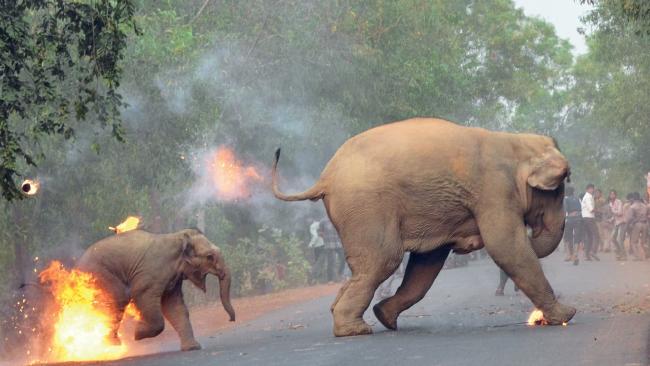
There are disturbing sites that come to mind when reflecting back on the year gone by: an elephant fleeing across a forest road in Bankura, West Bengal with her calf on fire running after her and mob chasing them in the background. A leopard trapped in a Maruti plant in Gurugram barely making it alive. A tiger bulldozed accidentally in a national park because hasty decisions made in a panic mode say ‘kill the beast’ rather than ‘give it the space it needs to exist’.
“A great silence is spreading over the natural world, even as the sound of man is becoming deafening,” noted Bernie Krause who has spent 40 years recording nature’s sounds. Such is the rate of species and habitat loss the world is witnessing at present, that his tapes might be the only proof of the original diversity of life.
India’s future on a global stage has been defined clearly by the people in power but somehow environment and wildlife do not seem to fit in. In 2018, may the nation prosper by working in tandem with nature, using ecological virtues as tools, and not mistakenly rampaged as roadblocks to development.
Read More: Over 1000 Turtles Rescued in Bangalore from Smugglers
This article by Atula Gupta was originally published in Deccan Herald








